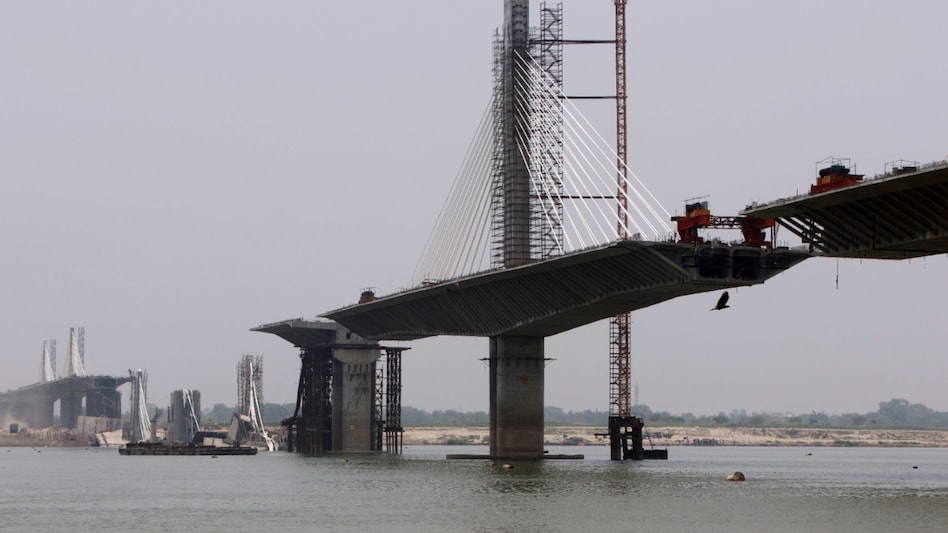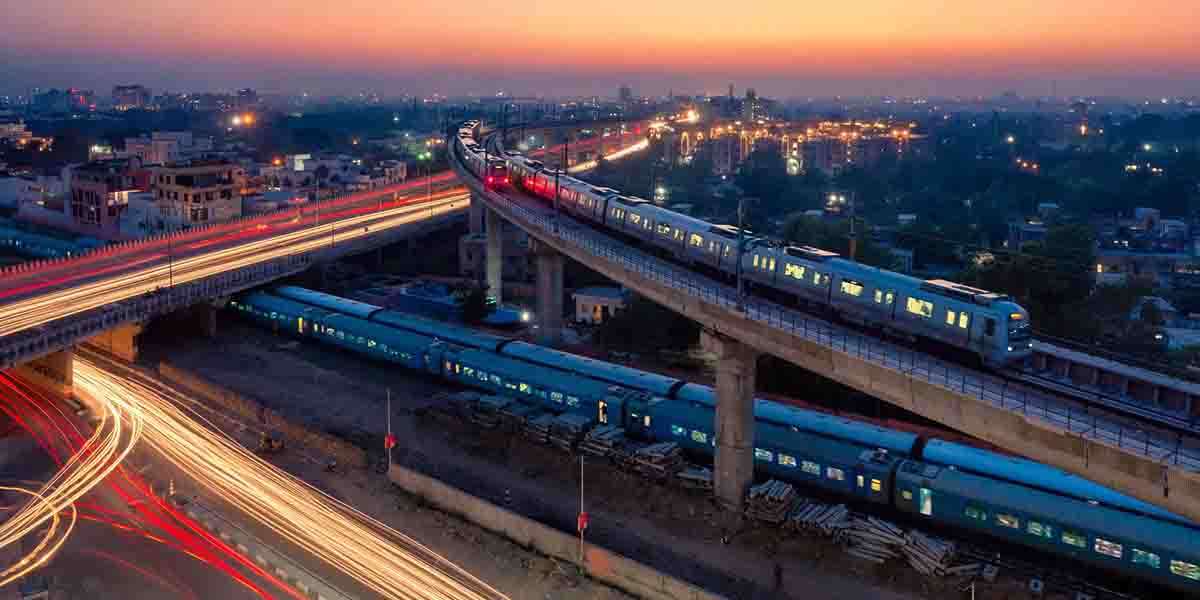 Already there are 12 major ports and over 200 non-major ports in the country, along the 7,500-km long coastline. Vadhavan Port in Maharashtra, which is under construction, would be the 13th major port in India
Already there are 12 major ports and over 200 non-major ports in the country, along the 7,500-km long coastline. Vadhavan Port in Maharashtra, which is under construction, would be the 13th major port in India
 Already there are 12 major ports and over 200 non-major ports in the country, along the 7,500-km long coastline. Vadhavan Port in Maharashtra, which is under construction, would be the 13th major port in India
Already there are 12 major ports and over 200 non-major ports in the country, along the 7,500-km long coastline. Vadhavan Port in Maharashtra, which is under construction, would be the 13th major port in India
admin bpp